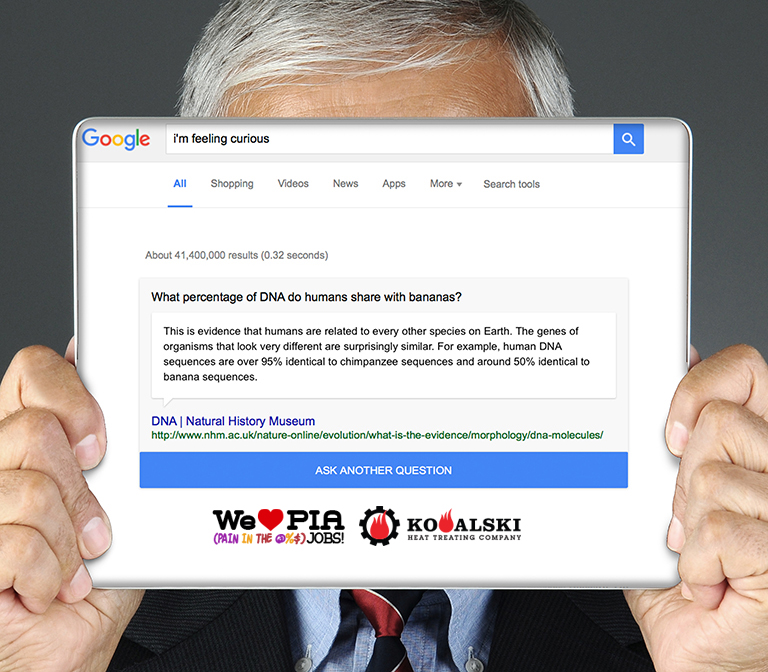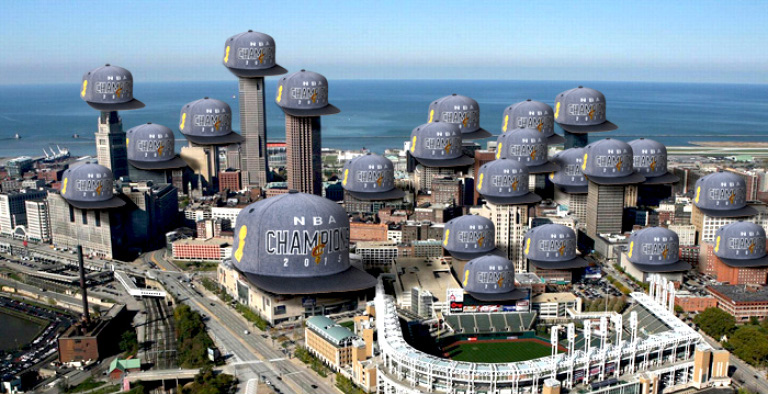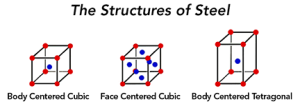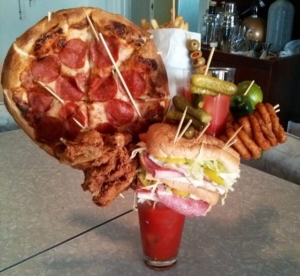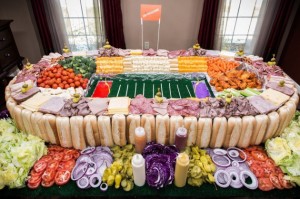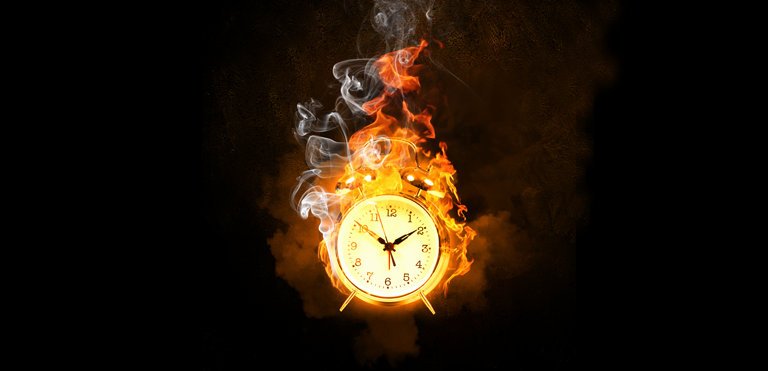
At Kowalski Heat treating, we’re always “on the clock”, watching over your jobs day and night. Like you, this weekend is when we will observe Daylight Saving Time (not “savings” time), which officially begins on Sunday, March 8, 2015, at 2:00am., until Sunday, November 1st, 2015, at 2:00am., when we shift our clocks back to what we call Standard Time (ST). But it’s not always been this way. Here’s some history and trivia for you to share with friends and family:
HISTORY:
The idea of daylight saving was first conceived by Benjamin Franklin during his sojourn as an American delegate in Paris in 1784, in an essay, “An Economical Project.” Some of Franklin’s friends, inventors of a new kind of oil lamp, were so taken by the scheme that they continued corresponding with Franklin even after he returned to America. Said Franklin, in his zest to live by sunlight hours, “Every morning, as soon as the sun rises, let all the bells in every church be set ringing; and if that is not sufficient, let cannon be fired in every street, to wake the sluggards effectually, and make them open their eyes to see their true interest.”
Many years later, the idea was more seriously advocated by London builder William Willett (1857-1915) in the pamphlet, “Waste of Daylight” (1907) that proposed advancing clocks 20 minutes on each of four Sundays in April and retarding them by the same amount on four Sundays in September. In his pamphlet he wrote: “Everyone appreciates the long, light evenings. Everyone laments their shortage as autumn approaches; and everyone has given utterance to regret that the clear, bright light of an early morning during Spring and Summer months is so seldom seen or used.”
Early Laws
About one year after Willett began to advocate daylight saving, and spending a fortune lobbying, he attracted the attention of the authorities. Robert Pearce – later Sir Robert Pearce – introduced a bill in the House of Commons to make it compulsory to adjust the clocks. The bill was drafted in 1909 and introduced in Parliament several times, but was met with ridicule and opposition, especially from farming interests. Generally lampooned at the time, Willett died on March 4, 1915.
Daylight Saving Time more formally began in the U.S. and in many European countries during World War I. At that time, in an effort to conserve fuel needed to produce electric power, Germany and Austria took time by the forelock, and began saving daylight at 11:00 p.m. on April 30, 1916, by advancing the hands of the clock one hour until the following October. Other countries such as Belgium, Denmark, France, Italy, Luxembourg, Netherlands, Norway, Portugal, Sweden, Turkey, and Tasmania with Britain following suit three weeks later, on May 21, 1916. In 1917, Australia and Newfoundland began saving daylight.
The plan was not formally adopted in the U.S. until 1918. ‘An Act to preserve daylight and provide standard time for the United States’ was enacted on March 19, 1918. [See law] It both established standard time zones and set summer DST to begin on March 31, 1918. Daylight Saving Time was observed for seven months in 1918 and 1919. After the War ended, the law proved so unpopular (mostly because people rose earlier and went to bed earlier than people do today) that it was repealed in 1919 with a Congressional override of President Wilson’s veto. Daylight Saving Time became a local option, and was continued in a few states, such as Massachusetts and Rhode Island, and in some cities, such as New York, Philadelphia, and Chicago.
Energy Savings
After World War I, the British Parliament passed several acts relating to Summer Time. In 1925, a law was enacted that Summer Time should begin on the day following the third Saturday in April (or one week earlier if that day was Easter Day). The date for closing of Summer Time was fixed for the day after the first Saturday in October. The energy saving benefits of Summer Time were recognized during World War II, when clocks in Britain were put two hours ahead of GMT during the summer, and became known as Double Summer Time. During the war, clocks remained one hour ahead of GMT throughout the winter.
During World War II, President Franklin Roosevelt instituted year-round Daylight Saving Time, called “War Time,” from February 9, 1942 to September 30, 1945. [See law] From 1945 to 1966, there was no federal law regarding Daylight Saving Time, so states and localities were free to choose whether or not to observe Daylight Saving Time and could choose when it began and ended. This understandably caused confusion, especially for the broadcasting industry, as well as for railways, airlines, and bus companies. Because of the different local customs and laws, radio and TV stations and the transportation companies had to publish new schedules every time a state or town began or ended Daylight Saving Time.
Inconsistent use in the U.S.
In the early 1960s, observance of Daylight Saving Time was quite inconsistent, with a hodgepodge of time observances, and no agreement about when to change clocks. The Interstate Commerce Commission, the nation’s timekeeper, was immobilized, and the matter remained deadlocked. Many business interests were supportive of standardization, although it became a bitter fight between the indoor and outdoor theater industries. The farmers, however, were opposed to such uniformity. State and local governments were a mixed bag, depending on local conditions.
Efforts at standardization were encouraged by a transportation industry organization, the Committee for Time Uniformity. They surveyed the entire nation, through questioning telephone operators as to local time observances, and found the situation was quite confusing. Next, the Committee’s goal was a strong supportive story on the front page of the New York Times. Having rallied the general public’s support, the Time Uniformity Committee’s goal was accomplished, but only after discovering and disclosing that on the 35-mile stretch of highway (Route 2) between Moundsville, W.V., and Steubenville, Ohio, every bus driver and his passengers had to endure seven time changes!
The Uniform Time Act
By 1966, some 100 million Americans were observing Daylight Saving Time based on their local laws and customs. Congress decided to step in and end the confusion, and to establish one pattern across the country. The Uniform Time Act of 1966 [see law], signed into law on April 12, 1966, by President Lyndon Johnson, created Daylight Saving Time to begin on the last Sunday of April and to end on the last Sunday of October. Any State that wanted to be exempt from Daylight Saving Time could do so by passing a state law.
The Uniform Time Act of 1966 established a system of uniform (within each time zone) Daylight Saving Time throughout the U.S. and its possessions, exempting only those states in which the legislatures voted to keep the entire state on standard time. In 1972, Congress revised the law to provide that, if a state was in two or more time zones, the state could exempt the part of the state that was in one time zone while providing that the part of the state in a different time zone would observe Daylight Saving Time
On January 4, 1974, President Nixon signed into law the Emergency Daylight Saving Time Energy Conservation Act of 1973. Then, beginning on January 6, 1974, implementing the Daylight Saving Time Energy Act, clocks were set ahead. On October 5, 1974, Congress amended the Act, and Standard Time returned on October 27, 1974. Daylight Saving Time resumed on February 23, 1975 and ended on October 26, 1975.
Under legislation enacted in 1986, Daylight Saving Time in the U.S. began at 2:00 a.m. on the first Sunday of April and ended at 2:00 a.m. on the last Sunday of October.
The Energy Policy Act of 2005 extended Daylight Saving Time in the U.S. beginning in 2007, though Congress retained the right to revert to the 1986 law should the change prove unpopular or if energy savings are not significant. Going from 2007 forward, Daylight Saving Time in the U.S. begins at 2:00 a.m. on the second Sunday of March and ends at 2:00 a.m. on the first Sunday of November.
F U N F A C T S
Chaos of Non-Uniform DST
Widespread confusion was created during the 1950s and 1960s when each U.S. locality could start and end Daylight Saving Time as it desired. One year, 23 different pairs of DST start and end dates were used in Iowa alone. For exactly five weeks each year, Boston, New York, and Philadelphia were not on the same time as Washington D.C., Cleveland, or Baltimore–but Chicago was. And, on one Ohio to West Virginia bus route, passengers had to change their watches seven times in 35 miles! The situation led to millions of dollars in costs to several industries, especially those involving transportation and communications. Extra railroad timetables alone cost the today’s equivalent of over $12 million per year.
Oil Conservation
Following the 1973 oil embargo, the U.S. Congress extended Daylight Saving Time to 8 months, rather than the normal six months. During that time, the U.S. Department of Transportation found that observing Daylight Saving Time in March and April saved the equivalent in energy of 10,000 barrels of oil each day – a total of 600,000 barrels in each of those two years. Likewise, in 1986, Daylight Saving Time moved from the last Sunday in April to the first Sunday in April. By adding the entire month of April to Daylight Saving Time is estimated to save the U.S. about 300,000 barrels of oil each year.
Radio Stations
AM radio signals propagate much further at night than during the day. During daytime, more stations in neighboring areas can broadcast on the same frequency without interfering with each other. Because of this situation, there are hundreds of stations licensed to operate only in the daytime affecting the bottom line of these daytime-only radio stations: during parts of the year it can cause the stations to lose their most profitable time of day–the morning drive time. The gain of an hour of daylight – and thus broadcast time – in the evening does not fully compensate for the morning loss.
Amtrak
To keep to their published timetables, trains cannot leave a station before the scheduled time. So, when the clocks fall back one hour in October, all Amtrak trains in the U.S. that are running on time stop at 2:00 a.m. and wait one hour before resuming. Overnight passengers are often surprised to find their train at a dead stop and their travel time an hour longer than expected. At the spring Daylight Saving Time change, trains instantaneously become an hour behind schedule at 2:00 a.m., but they just keep going and do their best to make up the time.
Antarctica
In Antarctica, there is no daylight in the winter and months of 24-hour daylight in the summer. But many of the research stations there still observe Daylight Saving Time anyway, to synchronize with their supply stations in Chile or New Zealand.
Indiana
Indiana has long been a hotbed of Daylight Saving Time controversy. Historically, the state’s two western corners, which fall in the Central Time Zone, observed DST, while the remainder of the state, in the Eastern Time zone, followed year-round Standard Time. An additional complication was that five southeastern counties near Cincinnati and Louisville unofficially observed DST to keep in sync with those cities. Because of the longstanding feuds over DST, Indiana politicians often treated the subject gingerly. In 1996, gubernatorial candidate Rex Early firmly declared, “Some of my friends are for putting all of Indiana on Daylight Saving Time. Some are against it. And I always try to support my friends
Births and Birthdays
While twins born at 11:55 p.m. and 12:05 a.m. may have different birthdays, Daylight Saving Time can change birth order — on paper, anyway. During the time change in the fall, one baby could be born at 1:55 a.m. and the sibling born ten minutes later, at 1:05 a.m. In the spring, there is a gap when no babies are born at all: from 2:00 a.m. to 3:00 a.m. In November 2007, Laura Cirioli of North Carolina gave birth to Peter at 1:32 a.m. and, 34 minutes later, to Allison. However, because Daylight Saving Time reverted to Standard Time at 2:00 a.m., Allison was born at 1:06 a.m.
Bombing Thwarted
In September 1999, the West Bank was on Daylight Saving Time while Israel had just switched back to standard time. West Bank terrorists prepared time bombs and smuggled them to their Israeli counterparts, who misunderstood the time on the bombs. As the bombs were being planted, they exploded–one hour too early–killing three terrorists instead of the intended victims–two busloads of people.
Halloween Trick-or-Treaters
In 2007, a new law to extend DST to the first Sunday in November took effect, with the purpose of providing trick-or-treaters more light and therefore more safety from traffic accidents. For decades, candy manufacturers lobbied for a Daylight Saving Time extension to Halloween, as many of the young trick-or-treaters gathering candy are not allowed out after dark, and thus an added hour of light means a big holiday treat for the candy industry. Anecdotally, the 2007 switch may not have had much effect, as it appeared that children simply waited until dark to go trick-or-treating.
Voter Turnout in Elections
Through 2006, the Daylight Saving Time period has closed on the last Sunday in October, about a week before Election Day, which is held the Tuesday after the first Monday in November. The extension of Daylight Saving Time into November has been proposed as a way to encourage greater voter participation, the theory being that more people would go to the polls if it was still light when they returned home from work. The U.S. law taking effect in 2007 pushes the end of Daylight Saving Time to the first Sunday in November. In some years (2010, 2021, 2027, and 2032), this will fall after Election Day, giving researchers the opportunity to gauge its effect on voter turnout.
Violent Crime
A study by the U.S. Law Enforcement Assistance Administration found that crime was consistently less during periods of Daylight Saving Time than during comparable standard time periods. Data showed violent crime down 10 to 13 percent. It is clear that for most crimes where darkness is a factor, such as muggings, there are many more incidents after dusk than before dawn, so light in the evening is most welcome.
Further Reading
The National Institute of Standards and Technology (NIST)
Wikipedia
Content – WebExhibits.org


